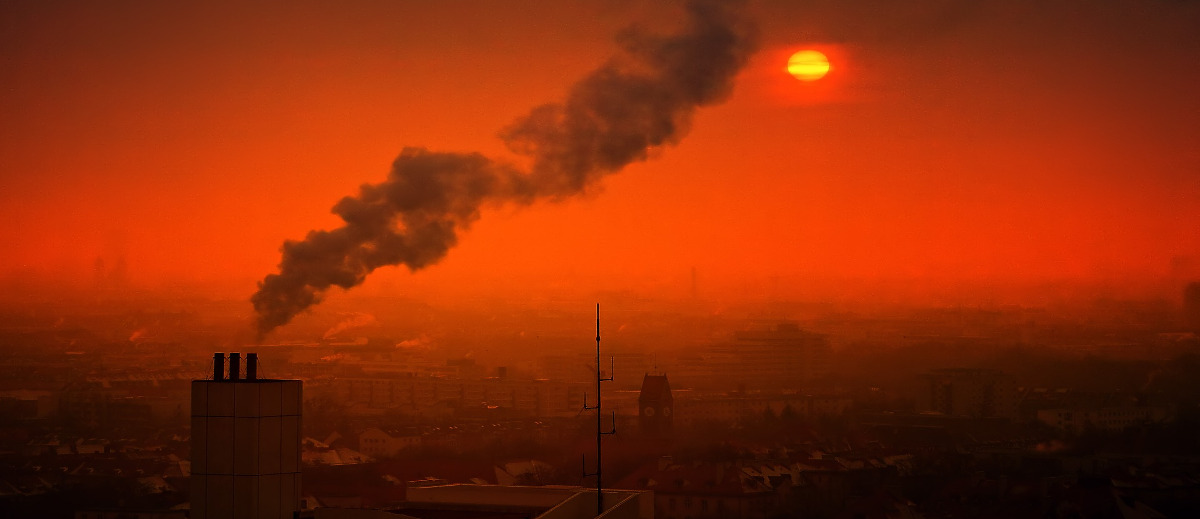Atmospheric particulate matter: what is it and what classifications exist? Why is it so important to monitor the concentration of fine dust and especially reduce it?
First, it is important to explain what is meant by the term atmospheric particulate matter or fine dust. It is all that mixture of solid and liquid particles deriving from organic and inorganic substances suspended in the air, currently considered the largest polluting source in urban areas. The main components of the particulate matter are sulphates, nitrates, ammonium ions, sodium chloride, carbonaceous particles, mineral dust and water.
How is fine dust classified?
As a function of the aerodynamic diameter expressed in microns, the particulate is divided into two categories:
- PM10, or with a diameter of less than 10 µm and able to penetrate only the upper respiratory tract.
- 5, therefore with a diameter of less than 2.5 µm and, given its size, capable of reaching not only the upper respiratory tract, but also the lungs, bronchi and heart.
One of the major problems of fine particles is connected to their permanence in the atmosphere for long times, a factor that leads them to be transported even over great distances from the emission area. Furthermore, the particulate matter is able to carry other pollutants, such as heavy metals, hydrocarbons and asbestos.
The Legislative Decree no. 155 of the 13th of August 2010, implementing the Directive 2008/50 / EC on ambient air quality and cleaner air in Europe, established limit values to protect human health, defining for the PM 10 an average limit value of 40 µg / m3 and of PM2.5 of 25 µg / m3.
Main sources of atmospheric particulate emissions
Where do the fine particles present in the atmosphere come from? Among the main sources are cars, motorcycles, trucks and various means of overland transportation, both due to fuel consumption and asphalt erosion, but also abrasion of brakes, tires and clutches. Industrial, construction and mining activities also release a large amount of fine dust, as do heating and incinerators. Agriculture, on the other hand, is the sector that causes the greatest release of ammonium into the atmosphere.
All the aforementioned activities are primary sources of atmospheric particulate matter, while all those chemical reactions between other polluting species that cause the formation of further polluting dust can be considered as secondary. Finally, there are also natural sources of particulate matter, such as volcanic eruptions, forest fires, erosion and disintegration of rocks, plants and plant residues, spores, remains of insects and marine spray
In addition, it is good to further distinguish the sources of particulate matter by dividing the them into constants, such as vehicle and industrial pollution, seasonal such as heating, or occasional such as fireworks, volcanic eruptions and fires.
Atmospheric particulate matter is capable of causing serious damage to both human health and the environment, a factor that has led the International Agency for Research on Cancer to classify it as a class 1 carcinogen. This is because in the long run and in the various diameters present in the atmosphere, it can reach the pharyngeal mucosa, the trachea, the bronchi, the lungs, and the heart causing serious damage to health, particularly favouring the development of respiratory, cardiovascular and oncological diseases.
For all theses reasons it is important to raise awareness on the importance of reducing the dispersion of large quantities of fine dust into the atmosphere, both for an improvement of the current situation, but also to prevent it from degenerating irreversibly, affecting the life of future generations as well.


